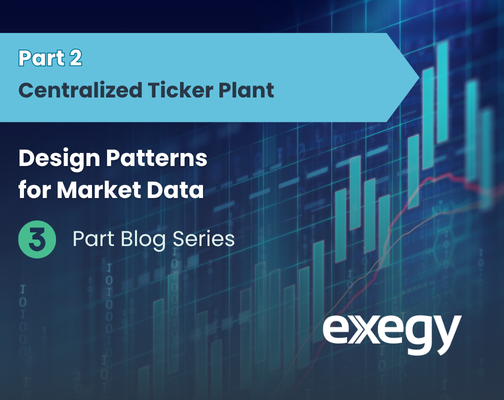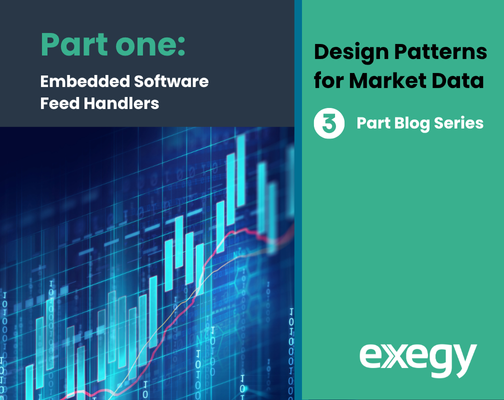What Can High Open Interest Indicate About Options?
Open interest—the measure of active contracts in a derivatives market—is a useful tool for determining investor interest in an option and for assessing liquidity. On its own, however, open interest cannot predict price action. When paired with other measures like volume and the price of the underlying asset, open interest can be used to understand trends in the options market.
What is Open Interest?
Open interest is a measure unique to the derivatives market. Equities inherently lacks open interest since the number of outstanding shares for a security is generally fixed. With options or futures, the number of available contracts in a market changes daily because new contracts can be created or liquidated at will. Open interest reflects these daily shifts. The Options Clearing Corporation reports a tally of all open contracts left at the end of a trading day and provides that information the next morning—the figure is not adjusted during the trading day.
Open interest equals the total number of active, open contracts—it is not a sum of each transaction by every buyer and seller nor does it represent trades executed. Those statistics are instead encompassed in the trading volume metric. Open interest increases when a buyer or seller opens a new contract and decreases when a buyer and seller match and close their positions. If there is a greater volume of options marked “to open” than “to close,” open interest increases and vice versa for decreases.
Indications from High Open Interest
On its own, high open interest simply indicates that the current market trend driving the underlying price is strong or, in other words, that there is investor confidence that the trend will continue. These trends can be bullish or bearish, high open interest just tells you that they trends will likely continue. Open interest does not delineate interest for long or short positions. When analyzed alongside trading volume, high open interest can imply greater liquidity in an option.
Open Interest and Underlying Price
To derive more nuanced information about market movement from open interest, compare it to the price of the stock underlying the option. As the price of the underlying security is increasing, high open interest indicates that money is entering the market, new long positions are being taken, and the market is decidedly bullish. If the price of the underlying is decreasing and there is high open interest, that is an indicator that the bearish trend will continue, and traders may respond by taking short positions.
Decreasing or low open interest during a bull market indicates that investors are becoming uncertain of the strength of the bullish trend. The market top may be approaching and with it, a reversal in sentiment. Likewise, low open interest during a bear market indicates uncertainty and that the market bottom may be approaching. Generally, periods of low open interest are a holding period in which investors are trying to predict where the market will go before deciding on new strategies.
Market tops and bottoms typically coincide with slowing or low open interest as opening new contracts can be risky at these points of trend reversal.
Table 1. Open Interest and Market Trends. “ – ” indicates no change.
| Open Interest | Price of Underlying Asset | Market Trend | Trend Strength |
| ↑ | ↑ | Bullish | Strong |
| ↑ | ↓ | Bearish | Strong |
| ↓ | ↑ | Bearish | Weak |
| ↓ | ↓ | Bullish | Weak |
| − | ↓ | Impending Bottom | Strengthening |
| − | ↑ | Impending Top | Weakening |
Can Open Interest Help Options Traders Save with the SIP?
In equities trading, there is a general consensus that SIP feeds, like the UTP and CTA‘s feeds, are not enough for many traders seeking greater market insight to trade more profitably or to achieve best execution. This sentiment exists because traders lacking market depth have difficulty forecasting short-term market movement.
However, unlike in equities trading, options traders can project movements in the market by using open interest and the BBO on the Options Price Reporting Authority (OPRA) feed. With lower market data fees, the SIP feed becomes a viable and more cost-effective alternative for options traders.
Open interest along with price and trading volume provides insight into market trends—without requiring visibility to full market depth. In this way, options trading firms can reduce costs by only accessing the SIP and forgoing pricier, depth feeds. By using the OPRA feed and analyzing open interest, options traders can cut down on market data costs while still trading competitively.




